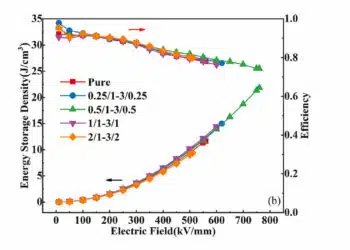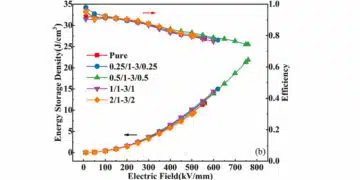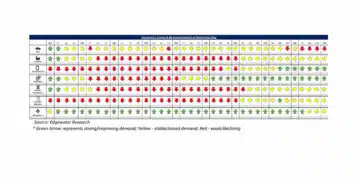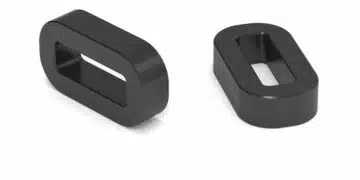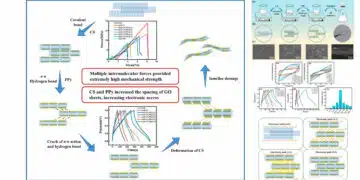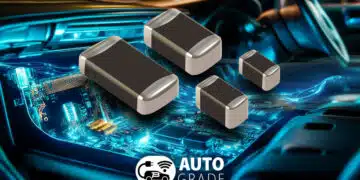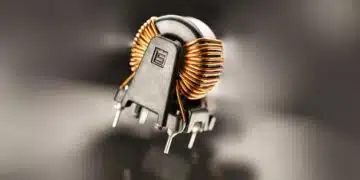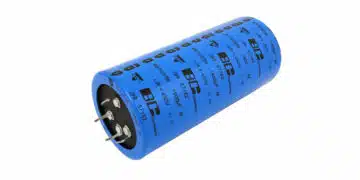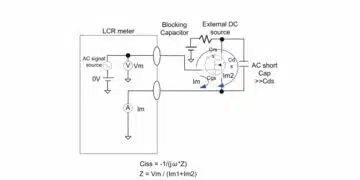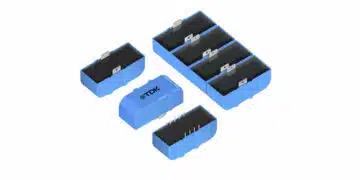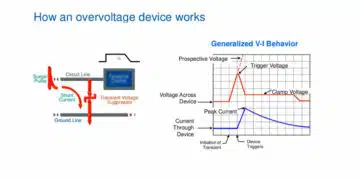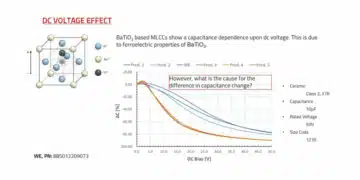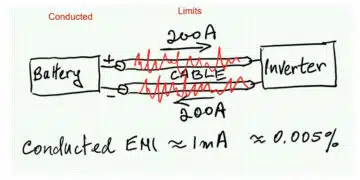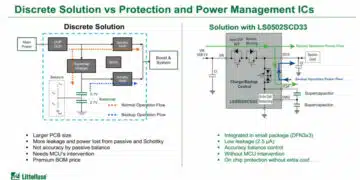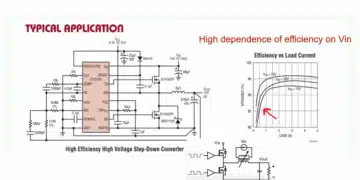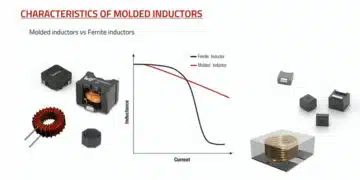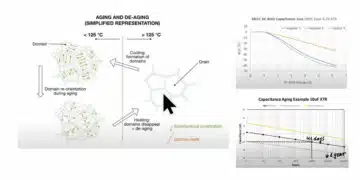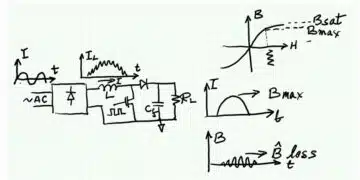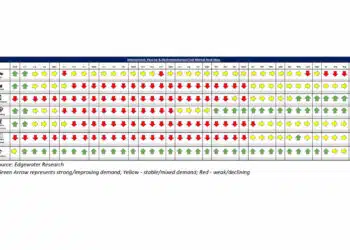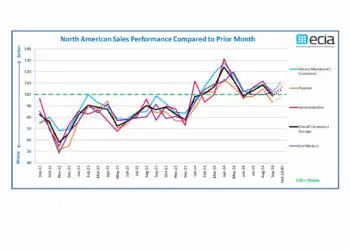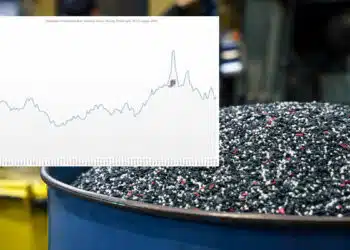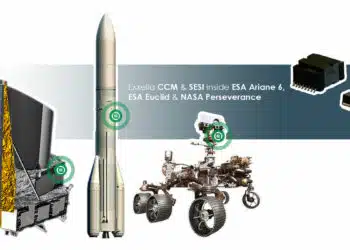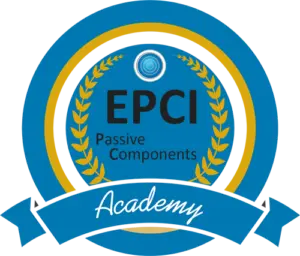Source: Intelligent Aerospace article
Passive components are not considered as a radiation sensitive devices by both ESA and NASA standards. Nevertheless it is always good to keep the radiation issues on mind for consideration of new materials or COTS products. See next article about COTS (active) components by Dan Friedlander published at Intelligent Aerospace.
EEE COTS components are not considered strong in the total dose withstanding capability domain. The strength of Radiation Hardened, Radiation Tolerant and other components backed by existing radiation tests results is based on decades of on-going relevant activities. Big leading companies in the space industry benefit of large radiation databases. The databases raise them the confidence to develop more complex methodologies to reach the goal of establishing the suitability of an EEE component for space application.
Small space systems and subsystems contractors and subcontractors cannot afford building comprehensive radiation databases. The above is true especially for those just entering the COTS era. They can benefit of the statistics made possible for the high production of COTS, but the small volume of their products works negatively. Consequently, they have to find a methodology to find a reasonable methodology to establish the COTS suitability in space application.
During my experience I have meant at least two versions of the way to deal with the above mentioned radiation issue:
- One version is related to the EEE component specification.
- The second version is related to the design specification.
This article deals with the presentation of the two versions, not equally understood by me from the point of view of good engineering practice.
Total Ionizing Dose (TID) Terminology
To establish the TID suitability of an EEE component to a specific space application, one shall prove that the component’s TID withstanding capability is higher than the calculated expected TID level. An applicable Radiation Design Margin has to be taken into account. The above proof strongly depends on the interpretation of the involved term. The EEE component TID withstanding capability is defined by the term Total Ionizing Dose Sensitivity (TIDS). For clearer TIDS definition see below the one stated by ESA TEC‐Q‐2012‐155, issue 1 (Radiation Hardness Assurance – EEE components for JUICE):
Component type TIDS: TID level at which the part exceeds its parametric/functional requirements.
OK, but is it unambiguous? Further, the document “clarifies” the definition: “Component type TIDS shall be based on the parametric and functional limits given in component detail specification or manufacturer data sheet, or on the maximum parameter degradation acceptable to ensure equipment operation in compliance with equipment performance specification at the end of overall lifetime (EOL). NOTE TIDS is defined by comparing part parametric/functional requirements with TID test data.”
The above “OR” statement is addressed in this article.
Another term is the Total Ionizing Dose Level (TIDL), the calculated, expected TID level received by the component at the end of the mission.
The term Radiation Design Margin (RDM) is the ratio of TIDS over TIDL. The use of an RDM is aimed at overcoming the inevitable uncertainties in environmental calculations and part radiation hardness determinations.
It is worth to emphasize that the term’s name is related to “design” and not to “component”.
TID Requirements
Depending on a given mission space environment (LEO, GEO etc.), a RDM is applicable. For example, for LEO a RDM of 2 is applicable. That means that an EEE component meets the given mission requirement if the ratio of TIDS over TIDL is greater than 2. How can we “improve” the TID withstanding capability of an EEE component (identified by a given part number, manufactured by a given manufacturer) in a given mission, protected by a given shielding? The answer is by increasing somehow the TIDS level. The ambiguous definition (see above) of the TIDS term allows developments of clever solutions within risk management.
The Conservative Component Related Approach
Good engineering practice implies design within the EEE components’ specifications limits. Those limits are set and guaranteed by the component’s manufacturers, based on characterization, qualification, reliability testing etc. etc.
Upgrading (limit extension by users) is outside the manufacturers’ responsibility. Upgrading is a last resort process, done without having intimate knowledge of the relevant data known to the manufacturers. The above facts lead to the healthy component related approach.
From the point of view of the subject TID radiation issue, the approach is based on the following definition derived from the above mentioned ambiguous definition:
“Component type TIDS shall be based on the parametric and functional limits given in component detail specification or manufacturer data sheet.”
In other words the TIDS is the TID level where the EEE component fails to meet its own spec.
The Design Related Approach
From the point of view of the subject TID radiation issue, the approach is based on the following definition derived from the above mentioned ambiguous definition: “TIDS is based on the maximum parameter degradation acceptable to ensure equipment operation in compliance with equipment performance specification at the end of overall lifetime (EOL).”
This approach works for the bigger companies, needing higher TIDS to meet the TIDL requirements. Also they produce big satellite series with similar design. In such cases more or less the same EEE components are procured periodically in batches.
This approach is not in line with the widely practiced “within the component spec limits” design.
Although compelled sometimes to accept this uniquely available approach from certain subcontractors, I did not adopt routinely this approach. From what I have learnt, it works like this:
Based on multi years space activity, radiation testing, design limits are established for the EEE components. Such parameter limits are values beyond the component’s datasheet limits. The values are associated with a relevant TID level, derived (using statistics) from radiation test results of many lots.
Those design limits are used by the designers. In that way the TIDS is related to the design, instead of the component.
This approach allows for “increasing” the TIDS. For projects with high TIDL requirements the resulting benefit is components not meeting the requirements within the component related approach, meet the requirements within the design related approach!!! For projects with low TIDL requirements the RDM increases allowing claims for lower risk and allowing RVT omissions!
However, what about designing outside the datasheet? Is that risk free? For any component that is estimated to have on‐orbit performance degradation due to TID, it shall be demonstrated, performing a Worst Case Analysis (WCA) in accordance with ESA ECSS‐Q‐ST‐30, that the function performs within End of Life (EOL).
